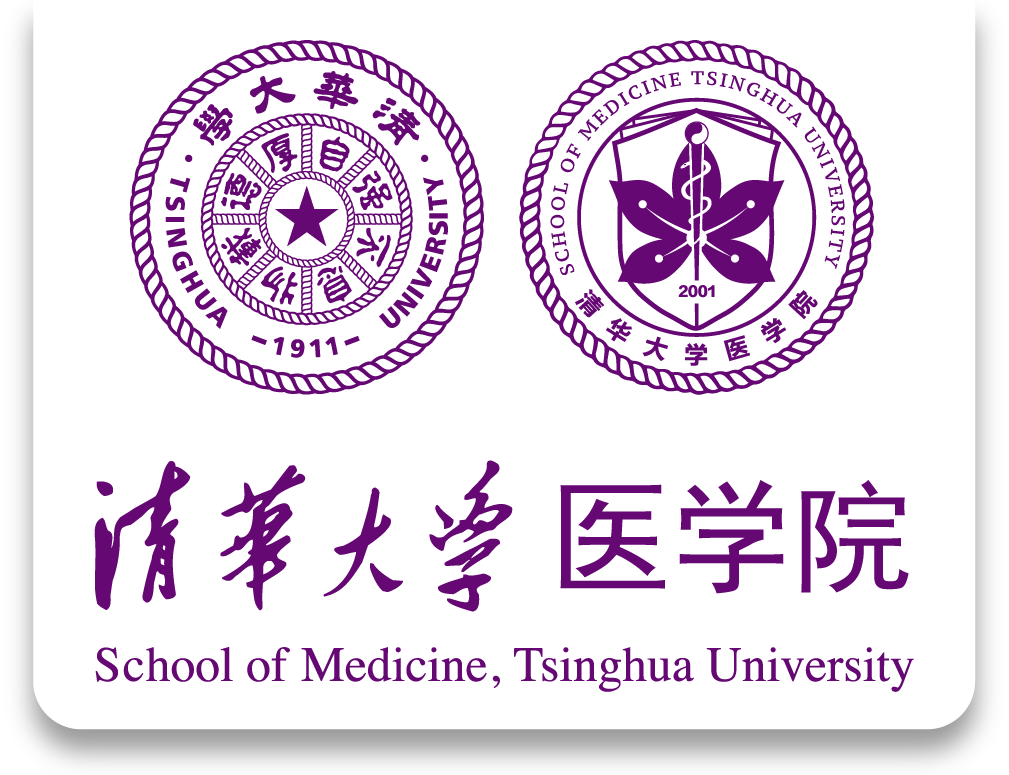

What is Smart Imaging?
Smart Imaging has a number of difinitions. The Smart Imaging Lab, part of Center for Biomedical Imaging Research (CBIR), primarily focuses on quantification of medical images through mathematical modeling, computational modeling, and deep learning. This process of imaging parameter and post-processing quantification, machine learning post-processing manipulation was defined smart imaging by our lab. We apply these advanced techniques to a wide range of diseases, with particular emphasis on carotid artery atherosclerosis, liver cancer, and heart diseases. Our interdisciplinary approach aims to improve diagnostic accuracy and treatment outcomes, contributing significantly to the field of biomedical imaging.
START HERE
Medical Imaging Research
As with most research in any field, Medical Imaing research often emerge from a combination of clinical needs, literature reviews, technological advancements, interdisciplinary collaboration, funding opportunities, preliminary data analysis, and innovation in algorithms. Researchers identify gaps or challenges in current diagnostic and treatment methods, discover unresolved questions or limitations in existing research, and leverage new technologies or methodologies to improve imaging techniques. Collaborative efforts across different fields often lead to addressing complex medical problems, while specific calls for research proposals from funding agencies and promising preliminary data further inspire and shape new projects. Innovations in computational models or algorithms also play a critical role in driving forward medical imaging research.
Clinical Transition
Medical imaging research is clinically significant as it enhances the accuracy and early detection of diseases, improves patient outcomes through precise diagnosis and treatment planning, reduces invasive procedures by providing detailed internal views, and advances personalized medicine by tailoring treatments to individual patient conditions.
What do SmartImaging research look like?
Smart Imaging Research example.
How do I get started?
For help working out if and where SmartImaging Lab can shape your work, or for questions or any other help, please contact Dr. Chen for detailed discussion..
Contact UsResources
From consultations on research development to full partnerships on research design and development, theSmartImaging Lab offers a wide range of support for Medical Imaging projects, partnering with university staff, hospitals and researchers of all experience levels (graduate students, undergraduates, postdocs, and faculty).
What we offer